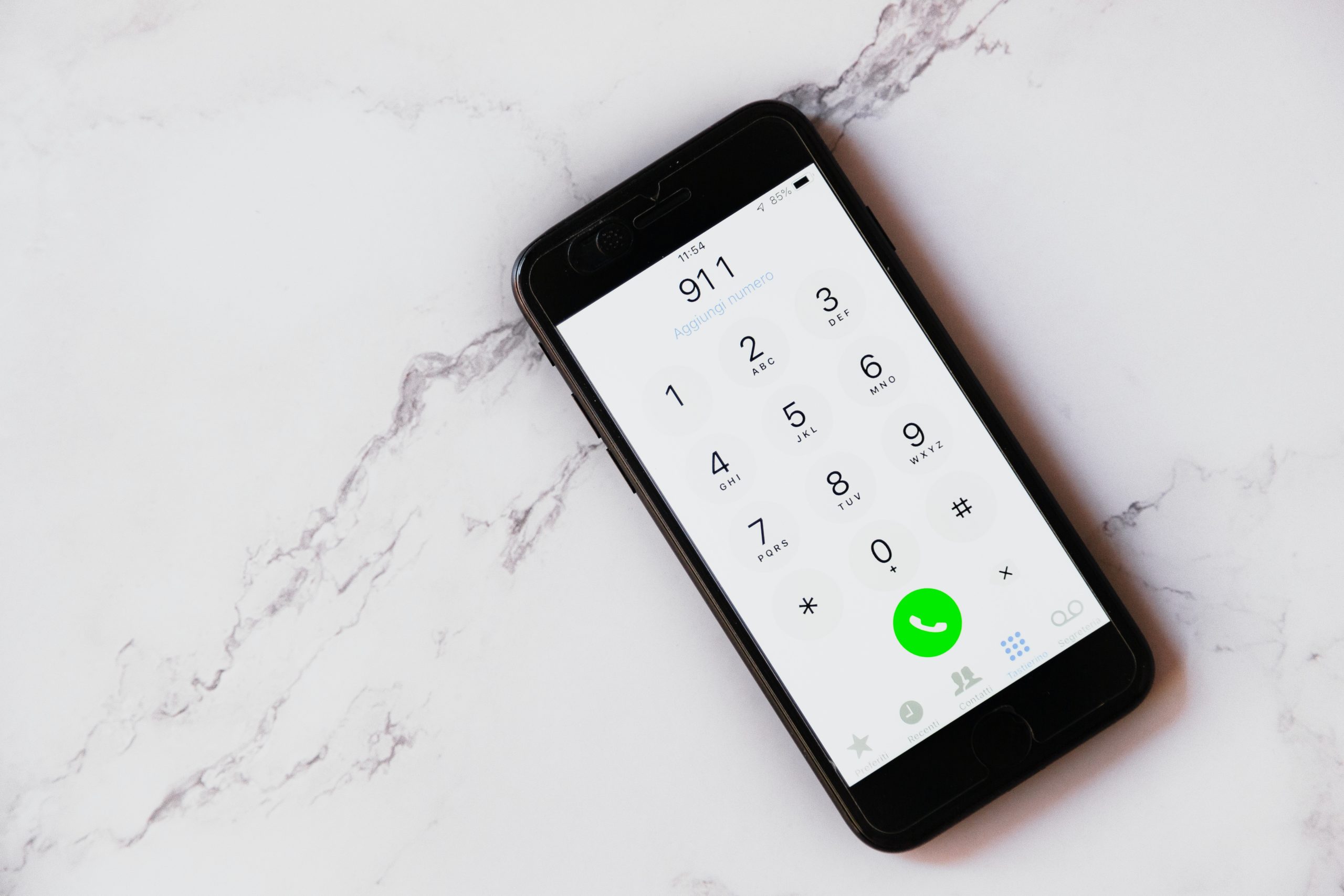When Daytonians call 911 in the future, the police may not be who responds to the scene. An alternative solution to policing, the Mediation Response Unit, is in the process of being implemented, as part of the Dayton City Commission’s plan to reform Dayton police. Originally proposed in 2020, the plan was in direct response to widespread protests after the death of George Floyd at the hands of the Minneapolis police.
The City Commission’s police reform plan was put together by five different working groups, each with a committee of 20-25 people who addressed different areas of reform: oversight; use of force; training; recruitment and promotion; and community engagement. The Mediation Response Unit is an outcome of the latter group. A mental health response program, headed by the Alcohol, Drug Addiction and Mental Health Services (ADAMHS) of Montgomery County was recently launched.
Raven Loaiza is the coordinator for the Mediation Response Unit (MRU). She began working in the role in early February. Her background is in the rape crisis and anti-human trafficking field.
“Our program was set up to provide an alternative to policing for low-emergent 911 calls in the city,” she said. “The overalls goals would be to improve and kind of mend the trust and improve the relationships between the police and the community.”
Low-emergent 911 calls can involve things like neighbor or roommate disputes and noise complaints. Loaiza was quick to say that the program is not taking away jobs or money from the Dayton Police.
“We’re not defunding police or anything else—this is a separate program that’s funded by the city,” she explained. “The goal is to provide that alternative response to those lower emergent types of situations that allow for more interaction, more information.”
Once the MRU is put in place, 911 call dispatchers will be able to transfer the call to the MRU’s dispatcher if the situation seems like it doesn’t need police involvement. This will allow the police to focus on higher priority calls.
“Our call-taker will chat with the 911 caller, kind of assess the situation, find out what’s going on, get a little bit of information,” Loaiza said. “Sometimes, it might be something that can be handled over the phone. If it cannot be handled over the phone and they are open to having mediators respond, then our call-taker would dispatch a team of two mediators to the scene and then we would proceed from there.”
In the future, Loaiza hopes people will start calling the MRU directly. “But hey, we have to get our name out there and show the community what we’re about first,” she said.
They currently have five mediation responders, all from different backgrounds including law enforcement and corrections, children and social services, and community leadership.
“We’ve been in the communities, we’ve been knocking on doors, talking to people, de-escalating, having conversations, connecting to resources; so that isn’t something that’s new to any of us,” Loaiza said.
Between the five Mediation Responders, eight languages are spoken. They will always respond to calls in pairs. They are unarmed and have the ability for what is known as a horizontal communication plan.
“For example, if I’m out there on a mediation response and it’s escalating beyond what mediators are trained to do or it’s become a violent situation, then we will have public safety radios so we will be able to inform the police and police will be able to respond,” Loaiza said. “Of course, that’s not a goal but that could happen if the situation arose.”
Police will also be able to notify the MRU if they’re on a call they think could be better handled by the Mediation team.
While the mental health crisis response unit will be a separate program, Loaiza acknowledged that they may also deal with situations where mental health is a factor. Most of the MRU responders are trained for certain mental health crises.
“We all have mental health first aid,” she said. “We know how to connect and things like that so it’s not out of the question; it would not be our primary focus.”
This first concrete initiate of Dayton police reform has only come to fruition after extensive planning.
“With this program alone, there’s been planning since last June or July,” Loaiza said. “There’s been lots of planning; we got the folks hired in late 2021/early 2022. We’re currently in a six-week intensive training program that focuses on safety, mediation, community outreach, mental health, and all the other things that come along with that.”
She said it’s likely the training will be extended a couple of weeks.
“The goal is within the next 6 weeks or so do some trial testing, what we would call a soft launch to do that type of thing—get out, respond, get all of the kinks out of the system if you will, and then do a broader, public launch,” she said. “A piece of this is human outreach and while we’re in training, we’re not able to do much of that. But we need to get into the neighborhoods, we need to let the community know who we are.”
Loaiza wants the city of Dayton to know what the MRU is going to look like. They will wear maroon shirts with black pants and travel in an SUV that has the word ‘Mediation’ on it. They will look very distinct from police officers or other cities of Dayton employees. She said that the biggest concern the police and community have had is the safety of the MRU responders. The team is well-trained to handle mediation situations. Safety is their top priority.
Rachel Rosen
Associate Editor

